Aenean molestie faucibus fringilla. Nam at justo eget nulla dictum vehicula. Nulla ac mi adipiscing, elementum ligula at, ultrices mauris. […]
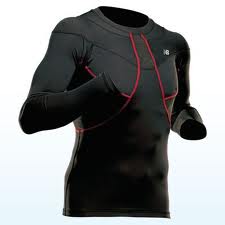 In recent years, many people who exercise have begun wearing compression clothes. These snug-fitting socks, shorts, tights or shirts, which squeeze muscles as tightly as sausage casings, are reputed to improve performance during exercise and speed recovery afterward.
In recent years, many people who exercise have begun wearing compression clothes. These snug-fitting socks, shorts, tights or shirts, which squeeze muscles as tightly as sausage casings, are reputed to improve performance during exercise and speed recovery afterward.
But a new study and several reviews of relevant research raise interesting questions about whether the garments really function as expected and help people to exercise better and, if they do, whether it is the clothing or people’s expectations doing most of the work.
The rationales for wearing compression clothing are logical enough. “The garments supposedly increase blood circulation and thus oxygen delivery for improved sport performance,” said Abigail Stickford, a postdoctoral researcher at the Institute for Exercise and Environmental Medicine at the University of Texas Southwestern Medical Center in Dallas, who led the new study of compression clothes.
said Abigail Stickford, a postdoctoral researcher at the Institute for Exercise and Environmental Medicine at the University of Texas Southwestern Medical Center in Dallas, who led the new study of compression clothes.
The clothes also are thought to refine proprioception, which is someone’s sense of how the body is positioned in space. Better proprioception should, in theory at least,  improve the efficiency of movement and reduce the number of muscles that need to be activated, making exercise less tiring.
improve the efficiency of movement and reduce the number of muscles that need to be activated, making exercise less tiring.
Meanwhile, the clothes also are believed to reduce fatigue and soreness after exercise by literally squeezing the muscles with a kind of no-hands massage and, by increasing blood flow to muscles, help to flush out unwanted exercise-related biochemical.
Source: The New York Times
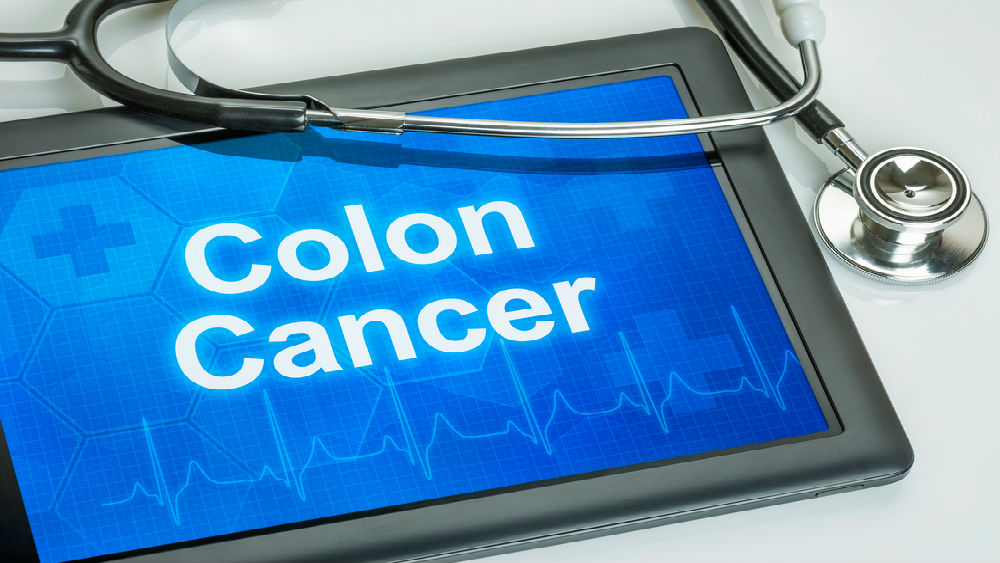 Both the incidence and mortality rates of Colon and Rectal Cancers have been decreasing in the United States, a trend that is largely attributed to the widespread screening of persons 50 years and older.
Both the incidence and mortality rates of Colon and Rectal Cancers have been decreasing in the United States, a trend that is largely attributed to the widespread screening of persons 50 years and older.
However, researchers from the University of Texas MD Anderson Cancer Center in Houston have highlighted a concerning trend: incidence rates are actually rising in young adults.
The most pronounced increase, which was observed in patients between 20 and 34 years old, was in the incidence of colon and rectal cancer at all stages (localized, regional, and distant).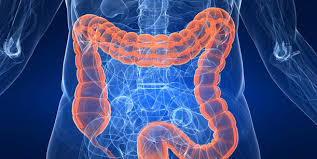
Authors of a recent study analyzed Surveillance, Epidemiology, and End Results data for 393,241 patients with CRC between 1975 and 2010 and evaluated the age at diagnosis in 15-year intervals, beginning at age 20 years.
The overall age-adjusted incidence rates decreased by 0.92% during the study period.
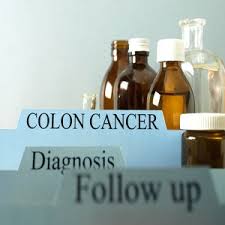 However, although there has been a steady decrease in incidence among persons 50 years and older, the opposite is true for those in younger age groups, according to the authors, led by principal investigator George J. Chang, MD, associate professor, Departments of Surgical Oncology and Health Services Research at MD Anderson.
However, although there has been a steady decrease in incidence among persons 50 years and older, the opposite is true for those in younger age groups, according to the authors, led by principal investigator George J. Chang, MD, associate professor, Departments of Surgical Oncology and Health Services Research at MD Anderson.
Source: The JAMA Network
*The Center’s Executive Physical includes Colon and Rectal Cancer screening and tumor marker tracking.
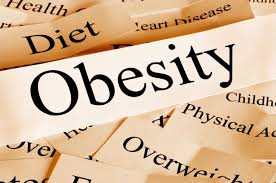 Investigators working to unravel the impact of genetics versus environment on traits such as obesity may also need to consider a new factor: when individuals were born.
Investigators working to unravel the impact of genetics versus environment on traits such as obesity may also need to consider a new factor: when individuals were born.
In the current issue of PNAS Early Edition a multi-institutional research team reports finding that the impact of a variant in the FTO gene that previous research has linked to obesity risk largely depends on birth year, with no correlation between gene variant and obesity in study participants born in earlier years and a far stronger correlation than previously reported for those born in later years.
“Looking at participants in the Framingham Heart Study, we found that the correlation between the best known obesity-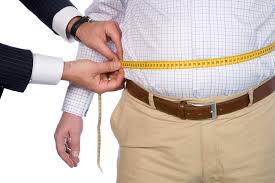 associated gene variant and body mass index increased significantly as the year of birth of participants increased,” says Harvard Medical School instructor James Niels Rosenquist of the Massachusetts General Hospital (MGH) Department of Psychiatry, lead author of the report. “These results — to our knowledge the first of their kind — suggest that this and perhaps other correlations between gene variants and physical traits may vary significantly depending on when individuals were born, even for those born into the same families.”
associated gene variant and body mass index increased significantly as the year of birth of participants increased,” says Harvard Medical School instructor James Niels Rosenquist of the Massachusetts General Hospital (MGH) Department of Psychiatry, lead author of the report. “These results — to our knowledge the first of their kind — suggest that this and perhaps other correlations between gene variants and physical traits may vary significantly depending on when individuals were born, even for those born into the same families.”
 The authors note that most studies of interactions between genes and the environment have looked at differences within specific birth cohorts —groups born during a particular span of years — which would not account for changes in the larger environment that take place over time. To investigate whether different conditions experienced by different age groups might alter the impact of a gene variant, they analyzed data from participants in the Framingham Offspring Study (which follows the children of participants in the original study) gathered between 1971, when participants ranged in age from 27 to 63, and 2008.
The authors note that most studies of interactions between genes and the environment have looked at differences within specific birth cohorts —groups born during a particular span of years — which would not account for changes in the larger environment that take place over time. To investigate whether different conditions experienced by different age groups might alter the impact of a gene variant, they analyzed data from participants in the Framingham Offspring Study (which follows the children of participants in the original study) gathered between 1971, when participants ranged in age from 27 to 63, and 2008.
Source: Harvard Gazette
*The Presidential Healthcare Center can design a personalized exercise prescription for you.
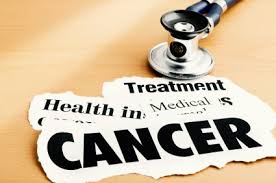 Scientists from the Johns Hopkins Kimmel Cancer Center have created a statistical model that measures the proportion of cancer incidence, across many tissue types, caused mainly by random mutations that occur when stem cells divide. By their measure, two-thirds of adult cancer incidence across tissues can be explained primarily by “bad luck,” when these random mutations occur in genes that can drive cancer growth, while the remaining third are due to environmental factors and inherited genes.
Scientists from the Johns Hopkins Kimmel Cancer Center have created a statistical model that measures the proportion of cancer incidence, across many tissue types, caused mainly by random mutations that occur when stem cells divide. By their measure, two-thirds of adult cancer incidence across tissues can be explained primarily by “bad luck,” when these random mutations occur in genes that can drive cancer growth, while the remaining third are due to environmental factors and inherited genes.
“All cancers are caused by a combination of bad luck, the environment and heredity, and we’ve created a model that may help quantify how much of these three factors contribute to cancer development,” says Bert Vogelstein, M.D., the Clayton Professor of Oncology at the Johns Hopkins University School of Medicine, co-director of the Ludwig Center at Johns Hopkins and an investigator at the Howard Hughes Medical Institute.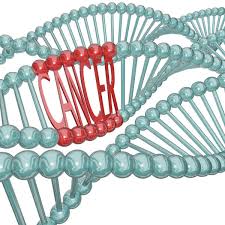
“Cancer-free longevity in people exposed to cancer-causing agents, such as tobacco, is often attributed to their ‘good genes,’ but the truth is that most of them simply had good luck,” adds Vogelstein, who cautions that poor lifestyles can add to the bad luck factor in the development of cancer.
The implications of their model range from altering public perception about cancer risk factors to the funding of cancer research, they say. “If two-thirds of cancer incidence across tissues is explained by random DNA mutations that occur when stem cells divide, then changing our lifestyle and habits will be a huge help in preventing certain cancers, but this may not be as effective for a variety of others,” says biomathematician Cristian Tomasetti, Ph.D., an assistant professor of oncology at the Johns Hopkins University School of Medicine and Bloomberg School of Public Health. “We should focus more  resources on finding ways to detect such cancers at early, curable stages,” he adds.
resources on finding ways to detect such cancers at early, curable stages,” he adds.
In a report on the statistical findings, published Jan. 2 in Science, Tomasetti and Vogelstein say they came to their conclusions by searching the scientific literature for information on the cumulative total number of divisions of stem cells among 31 tissue types during an average individual’s lifetime. Stem cells “self-renew,” thus repopulating cells that die off in a specific organ.
Source: News Medical
*The Presidential Healthcare Center’s Executive Physicals include cancer screening and tumor marker tracking
